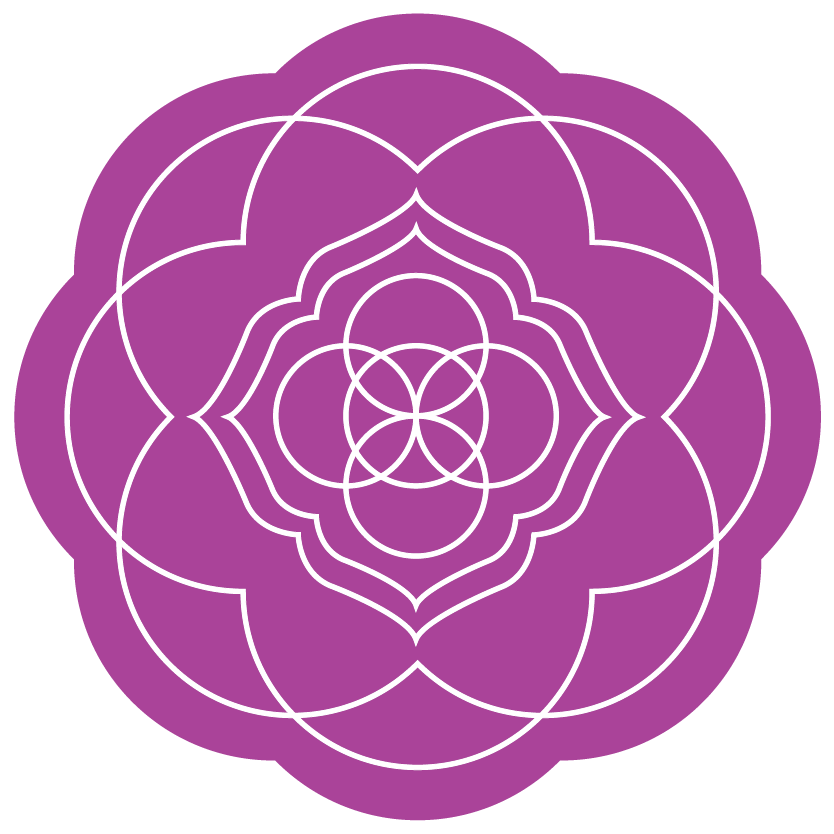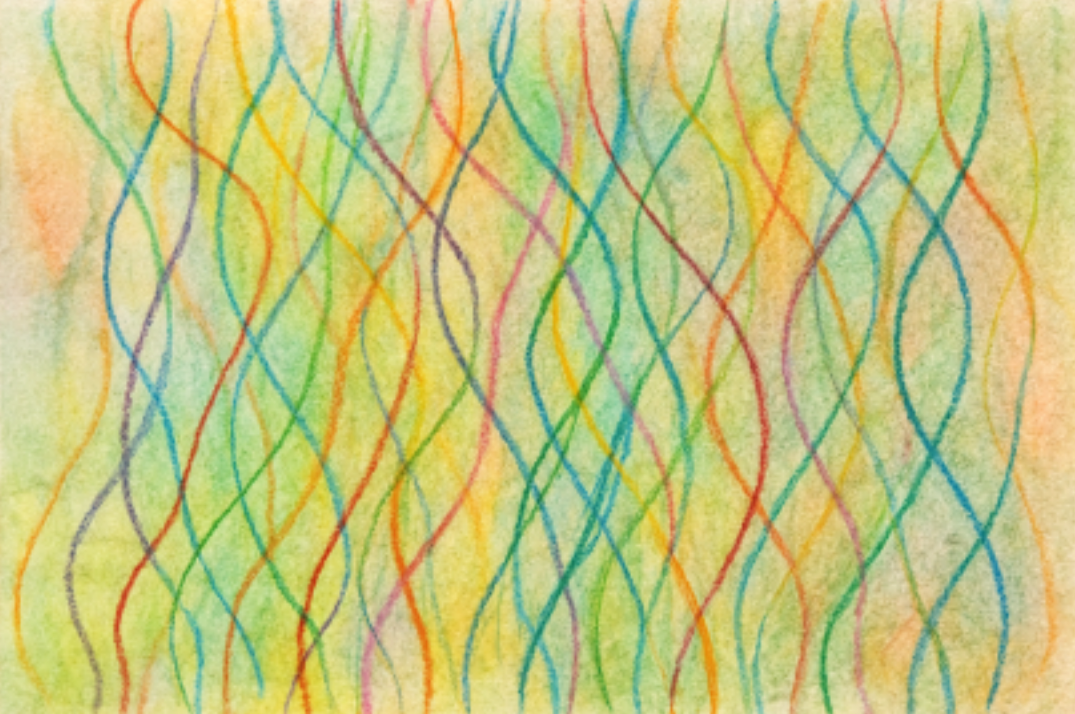Mindful Breathing Through Art: Simple Exercises to Restore Calm
Drawing a Breath
Breath is one of those things we rarely notice until it’s taken from us. Until it’s disrupted. It’s the quick inhale we have when anxiety spikes, and the sigh that escapes after you plop down on the couch after a long day. The shallow chest rise after doom scrolling. When it comes to therapy, and in art-making, our breath is often the silent partner to our process–always with us, consistently guiding, even if we’re not listening.
Neuroscience has helped us to understand that conscious breathing can regulate our nervous systems by activating the parasympathetic branch, or the part of our brains designed for calm, rest, and restoration. Reducing your cortisol levels with a few minutes of deep breathing has been shown to us by research. Research also shows us that it can lower blood pressure and shift brain activity toward greater balance. In a way, breathing is both ancient wisdom and hard science: the way we breathe shapes the way we feel.
Or in other words, yes our breathing is automatic, but it is also a tool that really changes how we feel.
In art therapy, breath is ordinarily brought into the creative process. For many of our Chicago-based clients, this rhythmic process offers a tangible way to manage anxiety, reconnect with creativity, and practice mindfulness beyond the therapy room. Focusing on the breath to ground into a session is just one of the ways. You may be asked to notice your inhale before you place your brush on the paper, or to exhale as you press into clay. In art making, the rhythm of the breath often becomes the rhythm of making. It's these moments that expand art from expression to regulation.
More personally, when you draw a breath you open up space to return to the self. In a world that moves relentlessly fast, where productivity often trumps presence, a breath can be a radical act. Allowing yourself to pause and say you are here and enough in the moment. It’s not about having a full meditation practice. Maybe today it’s just one intentional breath before making a phone call or sending an email, and whale while standing in line, or a long exhale before opening the door. Think more than stress relief. Consider them micro-reminders of our aliveness.
Try It
Inhale, and notice the expansion of your chest and belly. Exhale, and feel the release. And you’ve done it. That’s it. That’s the practice. Our breath is the first mark we make and the one that carries us through. Here are two ways you can bring breath into your creative practice with everyday materials:
Expanding Space
Grab a piece of paper and draw a small shape in the center using a marker, crayon, pen, or even just a pencil. On each inhale, visualize your lungs filling with air, and with each exhale, expand your shape outward by adding new layers around it. See how far your breath can carry the growth. In the end, you may have an image that feels like both a mandala and a map of your own breathing body.
Breath Marks
Take paper and a writing or drawing tool and with each inhale, draw a line across the page. As you exhale, draw another. Continue this practice for a few minutes, letting your lines overlap, curve, or even shift directions. Try to hone in and notice how your breathing begins to show up visually. Is your breathing fast, slow, steady, or jagged? Don’t consider the product, just make your breath visible.
Drawing a breath is to draw yourself back home.
If you’re in Chicago and looking for ways to feel more centered through art and mindfulness, our therapists at Balanced Awakening offer in-person and virtual art therapy sessions to help you restore calm and balance.
Reference
Harvard Health Publishing. (2020). Relaxation techniques: Breath control helps quell errant stress response.
https://www.health.harvard.edu/mind-and-mood/relaxation-techniques-breath-control-helps-quell-errant-stress-response


